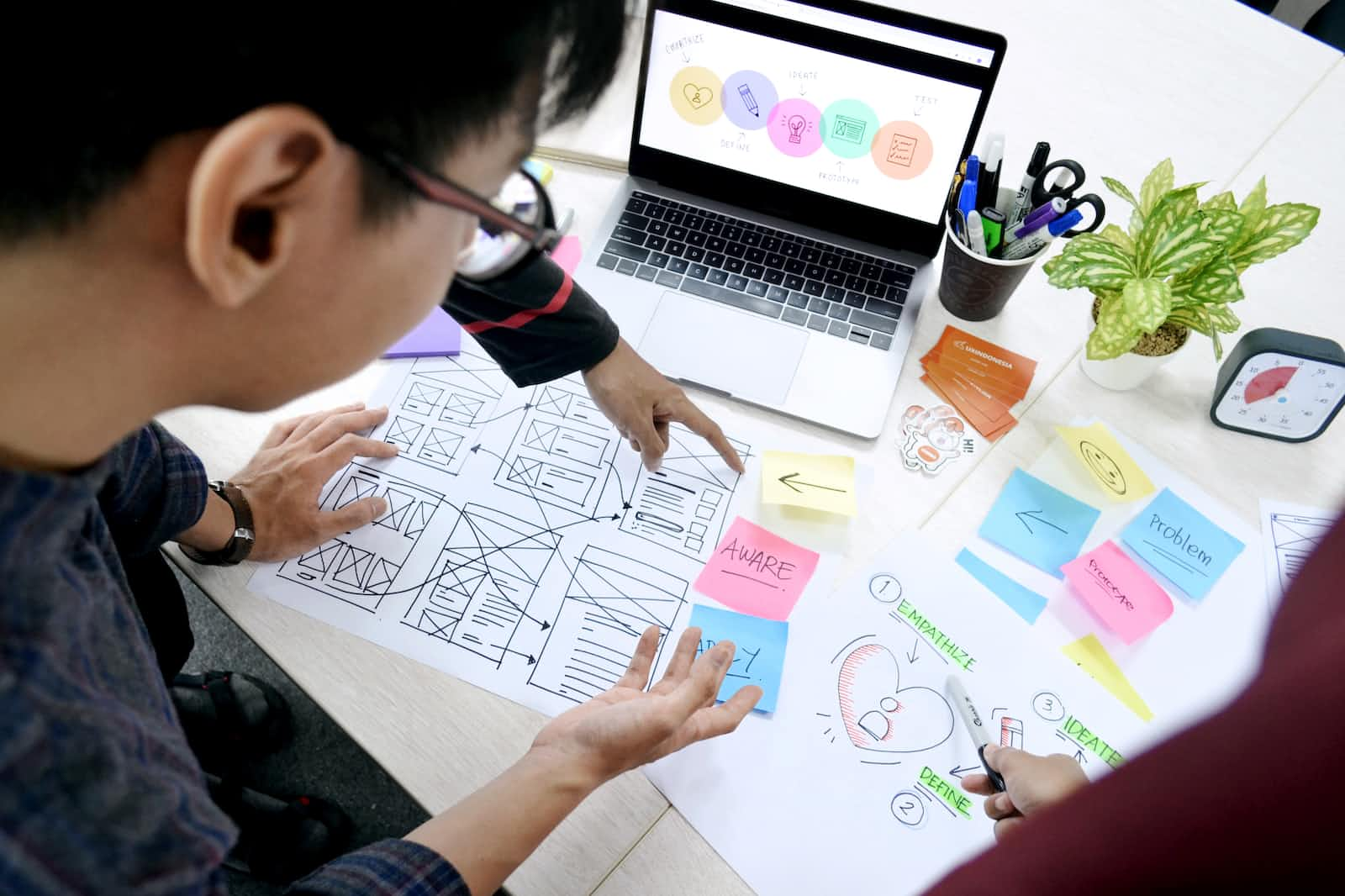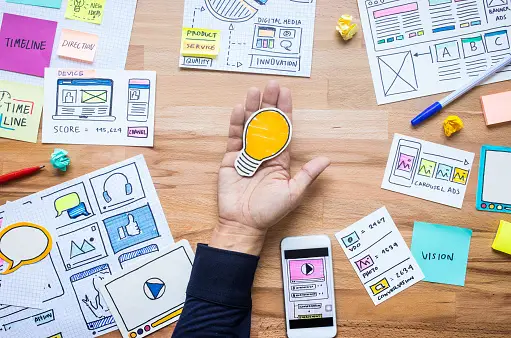Design Thinking Application: A Blueprint for Crafting Amazing Case Studies
 Caroline
Caroline
What is Design Thinking?
Design thinking is an iterative, non-linear process that designers use to solve problems creatively. Designers use this process as a framework to understand the users, find out the problems they are facing, and come up with creative ways to solve them. Design thinking is a problem-solving concept that involves five stages: empathy, define, ideate, prototype, and test. Each one of these stages is geared towards ensuring that the user is put at the forefront of the decision-making of that particular product or service.
Design Thinking Application: Takeaways from a Case Study
During the week, I was given an assignment to study how designers apply design thinking in their case studies. So, let's go. 💪🏼
The case study we will be looking at is Redesigning the New York Times App by Johny Vino and his team. The case study is not a do-over, rather it's a new feature that is aimed at getting users early notifications of new articles to read. Here are my top three takeaways from this case study.
Understanding the Problem
During my study of this case study, I noticed that the team didn't redo the whole app but instead focused on having a feature that solved the problem of losing users due to certain factors. Most of the time, when a business has an issue, remaking the app might be an option but it shouldn't be the only option. Like Vino's case study, the team realised that what could really solve the problem was to create a new feature and call it Timely. So, when we are faced with a problem, let's try to understand it critically and pick the best solution for it.
Design Thinking is the Foundation for Solving Problems

In this case study, I observed that the team's design process is unique but not far from the initial stages of the design thinking process. Their steps are founded on the five stages of the design thinking process. The steps followed by the team are: step 1- problems and concepts, step 2 - audiences, needs, and scopes, step 3 - empathy and sketches, step 4 - wireframes and design critics, step 5 - visual design and storytelling stage, and step 6 - prototype. When we look at these stages, we notice that these steps are not different from the five stages of the design process. It encompasses them all, from the empathy stage down to the prototype stage. Also, it is important to note that the team put both the goals of the business and the users into consideration when creating solutions.
No Restrictions When Applying Design Thinking

While going through this case study, I noticed that design thinking is applicable in whatever situation a designer is in, whether it is redesigning an app/website, creating a new app/website, or adding a new feature(s). It is important to remember that design thinking is user-centric and a designer must seek to understand the problem and provide solutions.
Conclusion
Design thinking is a philosophy or a set of tools that solves problems affecting the users of a particular product. It helps designers to understand the users’ behaviours and needs. As designers, we can implement design thinking when creating a case study for a particular brand. We shouldn't forget that it is made up of foundational steps necessary for problem-solving.
Subscribe to my newsletter
Read articles from Caroline directly inside your inbox. Subscribe to the newsletter, and don't miss out.
Written by

